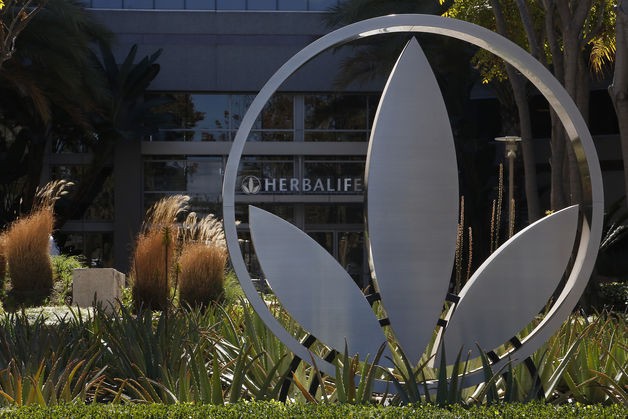What Is Herbalife s Convertible Bond Price Saying
Post on: 20 Сентябрь, 2015 No Comment

Follow Comments Following Comments Unfollow Comments
My firm publishes a newsletter called Hybrid Vigor about the convertible bond market, named after the concept of hybrid vigor—the breeding of different gene pools to get offspring with the best attributes of both. The offspring, the theory goes, will be stronger and more vigorous than either of the parents. Convertible bonds are hybrid instruments, drawing from one parent’s upside potential (stocks) and another’s income and capital preservation (bonds). Structured and priced correctly, convertibles have indeed performed admirably over time relative to their “parents.”
The key is in the proper structuring and pricing. Certain securities are designed to look like convertibles despite lacking true downside protection. Others have all the right terms but trade at high prices that effectively ruin the benefits of the asset class. To make the perfect convertible, find a company with a volatile stock and a reliable credit standing. This is why I called for companies like Facebook and Netflix Netflix to tap the convertible market earlier this year.
Facebook and Netflix didn’t, but Herbalife Herbalife did. Herbalife certainly satisfies the first condition—its stock, especially since Pershing Square took a short position, has been highly volatile. The question is the credit. If you believe that one of the main functions of markets is to generate prices that act as signals, you should be paying attention to Herbalife’s convertible bond, because what it’s signaling about the credit is not good.
Quoted at around 78 cents on the dollar with Herbalife stock bouncing between $49 and $50, the Herbalife convertible yields a shade above 7.25% to its 2019 maturity. In itself, this yield today suggests a fairly—not wildly–speculative credit. But the kicker is the convertibility. The bond trades at a conversion premium of only about 35%. That means that if you buy the bond today, you’re paying 35% more than if you bought the shares into which the bond can be converted. As you might imagine, the lower the premium, the more a convertible bond shares in the underlying stock’s upside. 35% is at the lower end of the range of where most new convertible bonds are priced these days, with coupons usually 2% and under. Of course, it depends on the issuer. But the point is that if sellers need to entice buyers with a big yield and a lot of option value, you have to wonder what the buyers are so afraid of.
A business associate of mine has suggested that to understand just how cheap the Herbalife bonds appear, one should look at the convertibles of Cobalt Energy. an exploration company with plenty of assets but no revenues and a major government investigation. Cobalt has an issue that matures a few months after Herbalife’s. It yields about 6% and trades at a conversion premium well above 100%. Its stock-market capitalization is in the same $5 billion neighborhood as Herbalife’s. In other words, the convertible bond market would much rather buy a revenue-free exploration firm with a Wells notice than Herbalife.
Part of the reason Herbalife bonds offer such attractive terms is that the bonds are expensive to hedge, since there’s a lot of demand for borrowing the stock to sell it short (betting against it, like Pershing Square). As I always explain to students, you’d pay a lot less for a house that you can’t insure than for one that you can. But even after taking this into account, the Herbalife bonds seem to be yielding too much for a company that—according to its public financial statements—is generating hundreds of millions of dollars in free cash flow annually. Even if you’re concerned about growth prospects, and thus don’t want to buy the stock, you should be interested in bonds paying over 7%, right? And, yes, there’s that stock kicker. Putting the conversion option in simple terms—if the stock triples over the next five years, the convertible bond will double.
The deal sounds almost too good to be true. Yet there it is. Markets are far from efficient, particularly when headline risk abounds, as with Herbalife. Still, the company’s statement that its convertible bonds have simply followed the stock lower is understandable but disingenuous. Sure, the convertible will follow the stock down to some degree. The question is how much. In Herbalife’s case, if all is well, the bonds are down far too much. If all’s not well, they may not be down enough. Remember that Herbalife used much of the proceeds of this convertible bond to buy back stock. The stock is a lot lower, but the bonds still have to be repaid.














